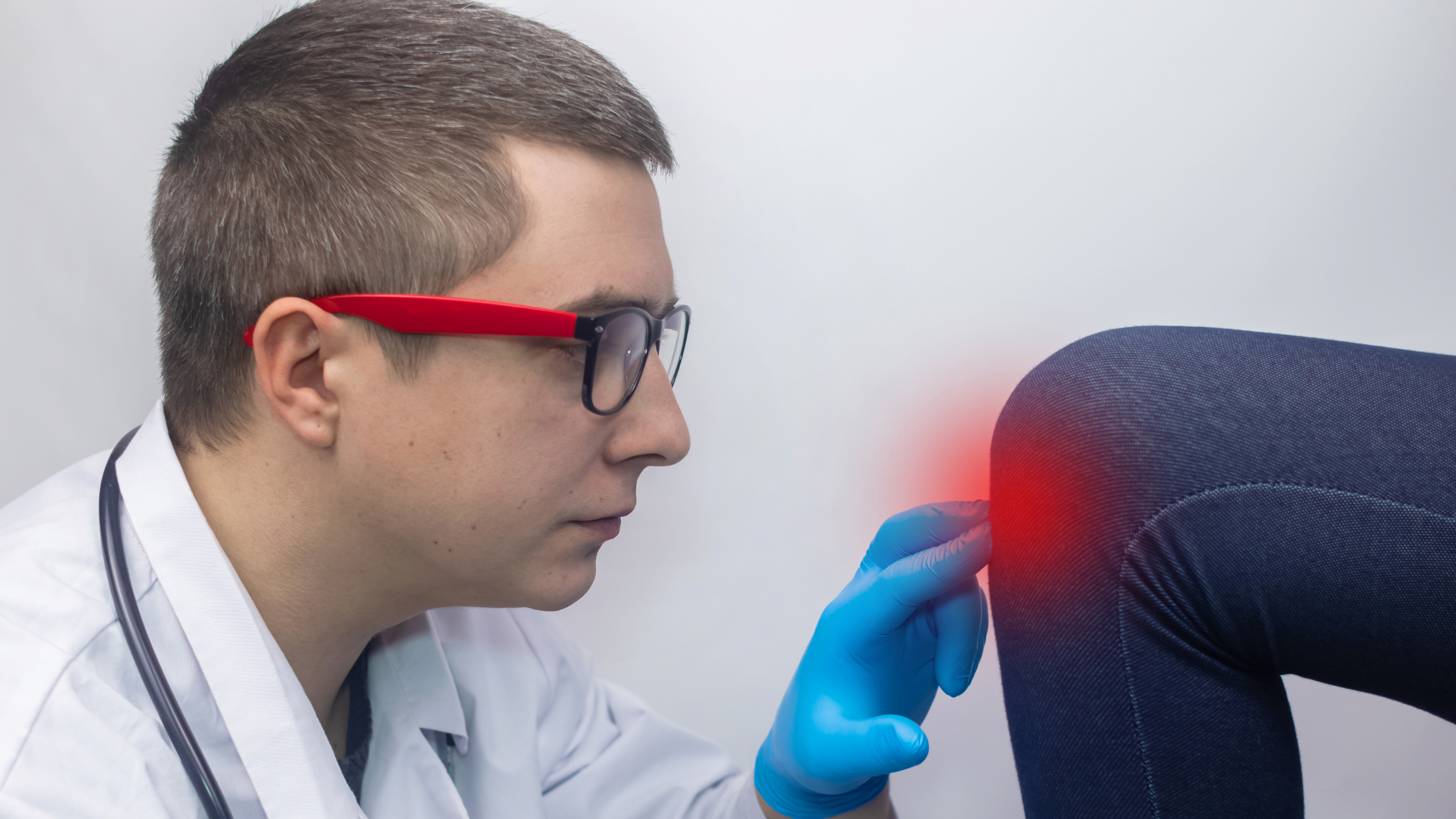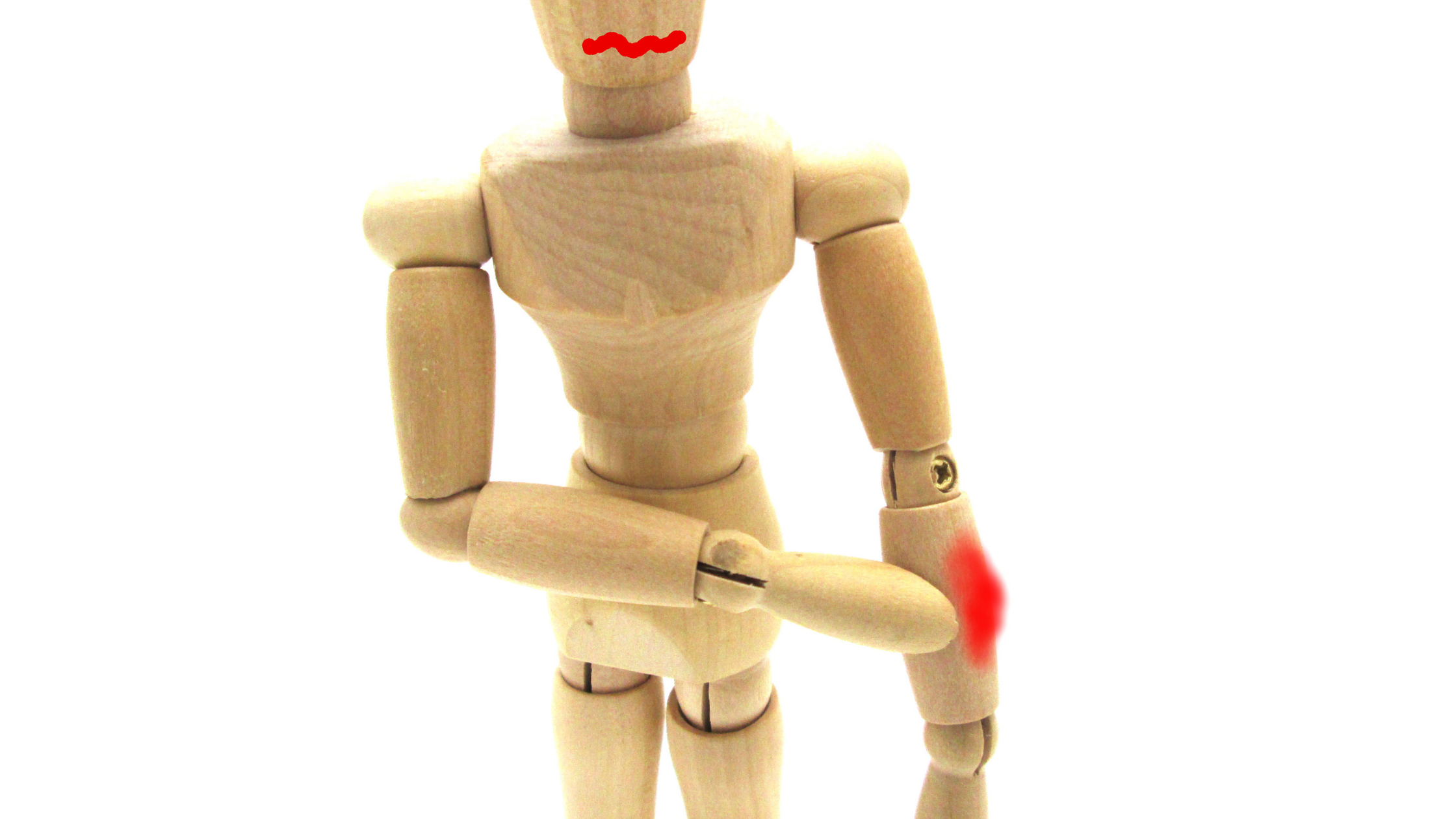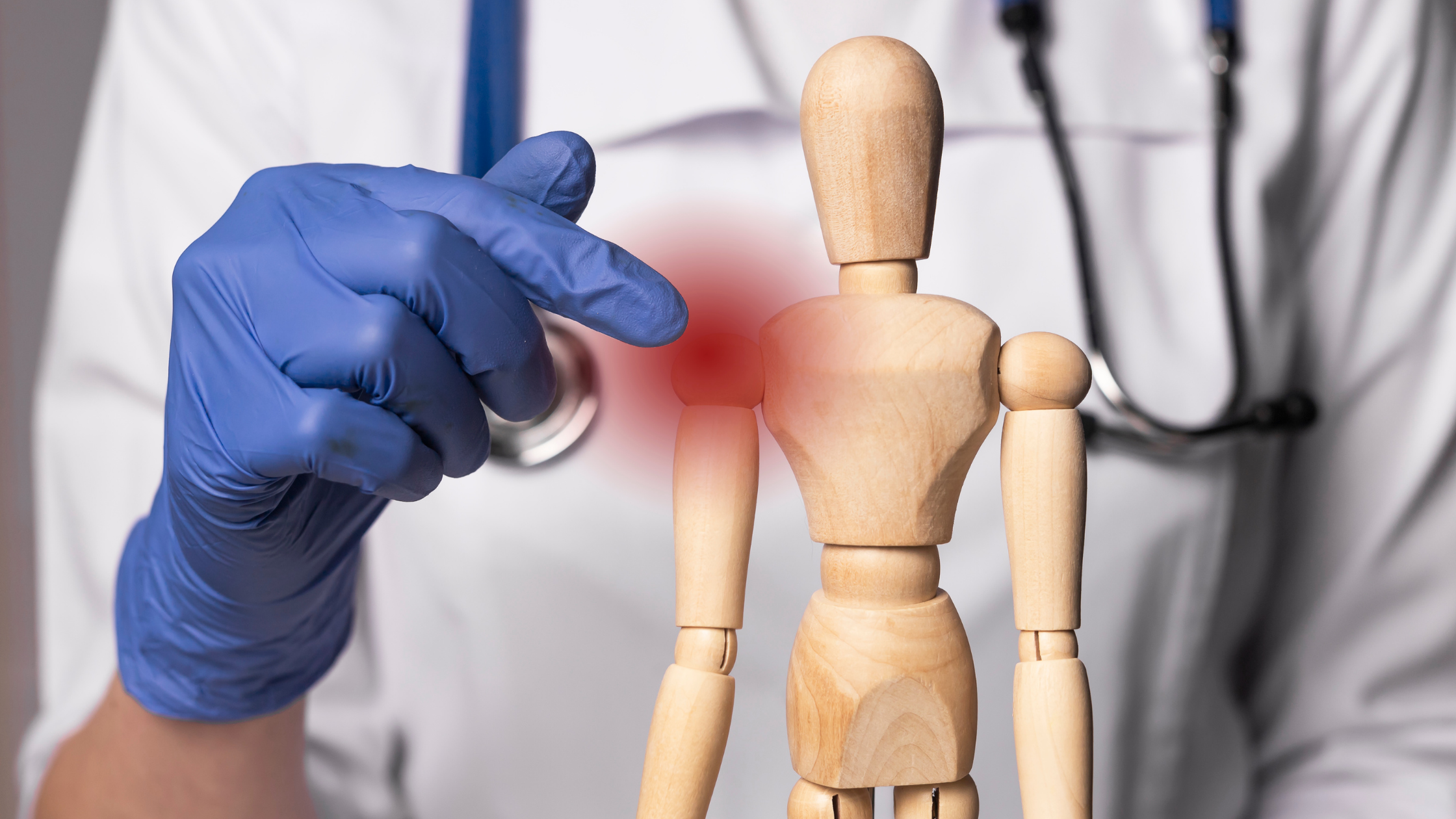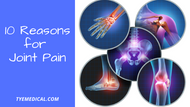10 Possible Reasons Your Joints Hurt All the Time
Written by TYE Medical on Oct 15th 2021
When your joints hurt, you might immediately think arthritis, but it’s best not to jump to conclusions. While there are many different types of arthritis, there are also many reasons you may feel joint pain or achiness in specific areas or throughout your body.
But what is considered joint “pain”? Medically speaking, it’s any discomfort you feel around one or more joints. Sometimes, you might experience “achiness,” and other times, it could be a shooting or sharp pain. Sometimes joints hurt almost constantly, for specific periods (like when it rains), or are fleeting and at random. In addition to pain, you might also experience warmth, swelling, tenderness, and redness.
But if the cause isn’t apparent, like you just played three rounds of tennis, it’s wise to take note and consider what might be underlying your symptoms. Let’s take a look at some common and lesser-known causes of joint pain.
1. It’s the Natural Aging Process

Let’s address this one right away. When you think of all the ways your joints have functioned and supported you throughout life, it’s no surprise that they eventually begin to wear out. Sure, you have joints in your elbows and shoulders, but consider the additional pressure on your weight-bearing joints, like your knees and hips.
Joints hurt because of overuse, whether they bear weight or not. But over time, those that support your body weight naturally wear down the cartilage that cushions your joints. So, even if you weren’t a pitcher in the major leagues, you’re bound to experience joint discomfort and osteoarthritis if you live long enough. It’s just part of getting older .
2. You Have Bursitis
Tiny fluid-filled sacs called bursa serve as cushions between your bones and other body parts like tendons, muscles, or skin. Bursitis develops when the bursa swell, often causing pain around your joints, bones, and muscles. Even though bursa exist throughout your body, bursitis most frequently develops in the elbows, wrists, shoulders, knees, hips, and ankles.
But why is the swelling so painful? Bursa have a high concentration of nerves, which means the swelling and inflammation press on these nerves, making the surrounding area and joints hurt.
3. A Previous Injury Is Causing Trouble

Whether an old injury was treated or not, it increases your risk for joint pain later in life. Prior injuries like tendon problems, ligament tears, and bone fractures can lead to inflammation and bursitis years later. Similarly, arthritis can develop decades after an injury because of chronic irritation and inflammation. Your doctor can only treat the symptoms since the problem is rooted in damage that can’t be reversed.
4. You Have a Thyroid Problem

This one may surprise you. You probably understand that your thyroid regulates certain hormones and your metabolism. But its role in joint health is lesser-known. If your thyroid is underactive, it’s not producing enough thyroid hormones, and your metabolism slows. As your system shifts into low gear, fluid can build up in your joints, creating pressure and pain.
Even if you’re receiving treatment for an underactive thyroid, if your condition isn’t adequately managed with the correct dose, you could still experience hypothyroid symptoms, including joint discomfort. For more information, refer to our article, Is Your Thyroid Happy? How to Optimize Thyroid Function as You Age .
5. It’s Infectious Arthritis (Yes, It’s a Thing)

This is an intensely painful joint infection that can happen in several ways. Typically, an infection from another part of your body travels through your bloodstream to your joint. Although it’s less common, the infection can infiltrate a joint directly through a cut, puncture wound, or even surgery.
Typically, common bacteria like Staph (Staphylococcus aureus) and Strep (Streptococcus) are the sources of the infection, often affecting the wrists, ankles, knees, and hips. In addition to joint pain, you might have intense swelling with fever and chills. If you’re diagnosed with infectious arthritis, treatment often includes draining the infected synovial fluid that surrounds the painful joint and a course of oral or intravenous antibiotics.
6. You’re Dealing with Rheumatoid Arthritis

Sometimes arthritis develops for reasons other than aging and infection. Rheumatoid arthritis (RA) is an autoimmune disorder that overwhelmingly targets women, who are three times as likely to develop the condition as men. If you have RA, your immune system begins to attack and damage healthy synovial joint fluid. This causes chronic inflammation that makes your joints hurt. You may also have:
- Swelling
- Redness
- Stiffness (especially in the morning)
- Chronic fatigue
- Low-grade fever
- Depression
- Illness or malaise
- Loss of appetite/weight loss
Blood tests deliver negative results in about 40% of RA patients, so it’s essential to follow up with a rheumatologist to rule out or confirm a diagnosis. A specialist can perform a physical examination, order imaging, and consider your family medical history to help determine the source of your joint pain and begin a treatment plan.
7. Gout is Lurking

While you’ve probably heard about this painful condition, its cause may surprise you. If you overeat protein, your body generates more uric acid than it can process. As the uric acid continues to linger in your body, it triggers intense inflammation called gout. Symptoms include heat, swelling, and severe pain that usually starts in your big toe before spreading to other joints.
Sometimes, overindulgence in alcohol, sugary drinks, dehydration, and medications (like beta-blockers) can trigger gout too. Cutting these substances from your diet, limiting your protein intake, and losing extra weight can drastically lower your risk.
8. A Sign of Lupus

Lupus is another autoimmune disorder, but it typically affects more than just your joints. An overactive immune system can attack joints, blood, skin, and even organs. Lupus symptoms depend on which area of the body your immune system is assaulting. If your joints hurt, it could be a sign of lupus, which means it’s important to log any additional symptoms.
A butterfly-shaped rash across your nose and cheeks is a tell-tale sign of lupus, but the disease may be present without this obvious indicator. In addition to joint pain, you might also have memory problems, mouth sores, breathing problems, hair loss, dry eyes, and dry mouth.
9. Untreated Lyme Disease

The CDC estimates that about 300,000 people every year contract Lyme disease, but many people don’t know it right away. You get Lyme disease when an infected tick latches to your skin to (for lack of better terminology) suck blood. This sends the infection into your bloodstream and generates common symptoms that are easily overlooked or explained, like a fever, headache, and fatigue. Many people also get a bullseye-shaped rash in the bite area, which helps to diagnose the problem.
But many people don’t see the rash or don’t get the rash and struggle with symptoms that seem to appear from nowhere. If left untreated, the bacteria can spread to your joints, usually your knees. It’s also common to have necks stiffness as well as sore hands and feet. If you still don’t catch it, the illness can progress to affect your heart and nervous system.
10. Underlying Gonorrhea

This is a sexually transmitted disease (STD) that affects more than just your genitals. It’s accompanied by the usual STD symptoms like a burning sensation when you pee and genital discharge. You can clear the infection with appropriate antibiotics. But if left untreated, it can also make your joints hurt. Without antibiotics, you can develop gonococcal arthritis that causes swollen, achy joints like infectious arthritis. But in this case, the infection is gonorrhea.
Can You Prevent Arthritis?

When your joints hurt, it can seriously impact your life. Since arthritis is the leading cause of disability in the U.S., you might be wondering what proactive steps you can take to avoid it. While no one can effectively prevent arthritis, you can reduce your risk of developing most forms while minimizing the severity of osteoarthritis. Here are several proactive steps you can take.
Control Your Blood Sugar
The tissues that support your joints are typically pliable and allow for unrestricted movement. But high blood sugar levels stiffen them, placing more stress on joints and can lead to inflammation.
Maintain a Healthy Weight
Every pound you gain adds four pounds of stress to your knees and six pounds of stress to your hips. If you want to prevent arthritis, keep a healthy weight to relieve wear-and-tear on your weight-bearing joints.
Exercise
If you exercise 30 minutes per day, five days per week, it strengthens joint-supporting muscles and keeps joints limber. But low-impact workouts like swimming, walking, or cycling are best for joint health. Include daily stretching even if you can’t exercise daily.
Reduce Inflammatory Foods
Chronic inflammation is frequently linked to a diet high in the following:
- Added sugars
- Artificial trans fats
- Certain oils
- Refined carbs (white flour products)
- Processed meats
- Saturated fats
- Gluten (for sensitive people)
Improving your diet can decrease or prevent widespread or chronic inflammation that triggers various forms of arthritis and autoimmune conditions like rheumatoid arthritis and lupus, making joints hurt. For more information, refer to our article, 7 Inflammatory Foods to Avoid for Better Health .
Are You Battling Arthritis and Bladder Leaks?
Arthritis is an inflammatory condition affecting primarily middle-aged and older adults, as does incontinence. It’s not uncommon to battle both at once. As you seek to tame the arthritis discomfort or pain, you’ll need a comfortable, reliable, easy-to-use product for bladder leaks.
TYE Medical offers convenient online ordering for all our premium products with discreet and free shipping. Check out our online store for incontinence products that provide light to heavy bladder leak protection.



